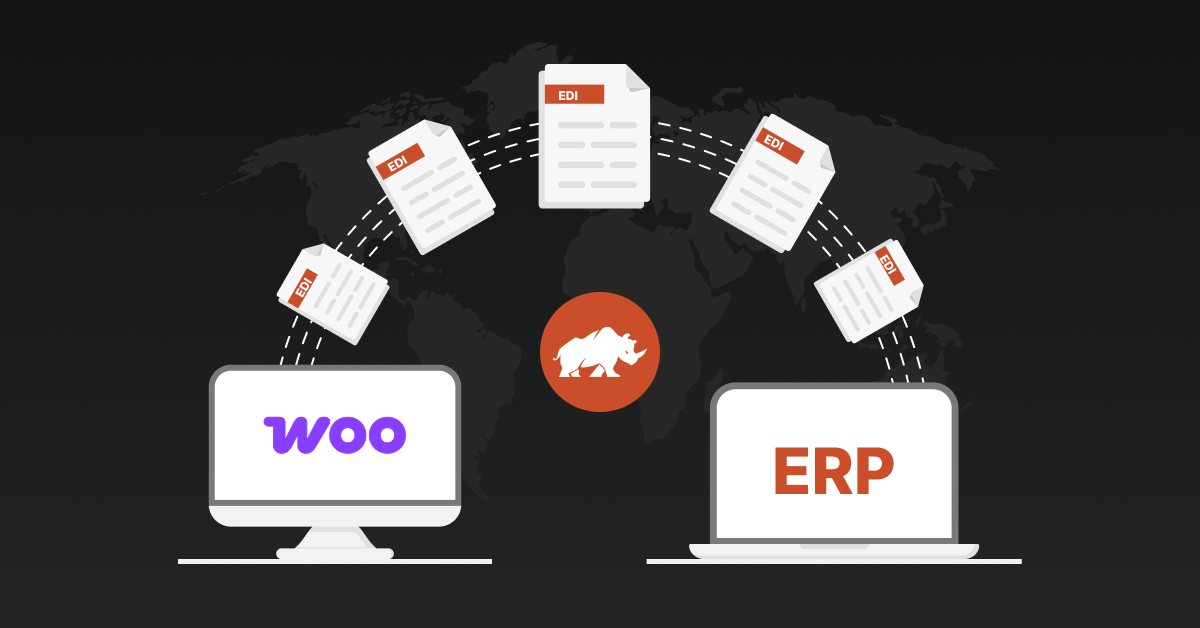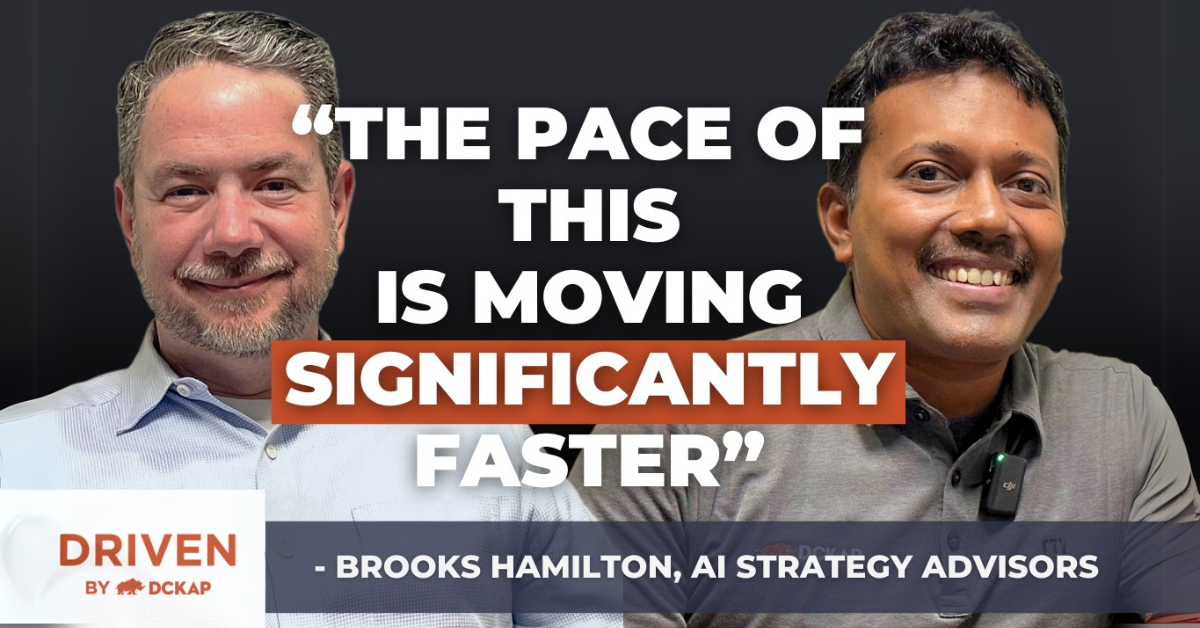Generally, businesses are operated through multiple disparate systems. Each system performs some specific functionality, which in turn generates separate sets of data. Integrating this data—spanning user profiles, sales, marketing, accounting, and software applications—provides an overall view of the business.
Considering that they have different systems for storage, the integration process involves several steps: data ingestion, cleaning, transformation, and finally, unification into a single source of truth. Let’s understand the data integration process in detail.
Data Integration Process: A Step-by-Step Guide
Here’s how data integration works:
1. Gathering The Data
The first step is to gather data from different sources. Analyze the business and technical requirements to determine the nature of data that is going to be integrated and the method of integration, whether it would be in real-time or in batches. Determine whether homogeneous data has to be used or the data model has to be enhanced and determine the data sources.
2. Data Analysis
Next, analyze the collected data. Generate data profiling reports to understand the current state, structure, and content of the data. These reports will help identify data types, recurring patterns, and other statistics, providing the basis for data cleansing and transformation.
3. Data Transformation
With the data analytics report in hand, identify any gaps between your requirements and the data profile. When you extract raw data from various sources, it often comes in different formats. To standardize the variety of data into a common format, transformation of data is a critical step. This process involves cleaning and converting data from its original format into a unified format that can be seamlessly used across different processes.
4. Planning The Design
Now, plan the key aspects of your data integration, including architecture, integration triggers, the new data model, data cleansing, standardization, matching, and quality assurance for error-free integration. Decide on the technology for implementation, verification, and monitoring.
5. Implementation
Execute the integration process, starting with small integrations involving less data from fewer sources to catch initial errors. Gradually increase data volumes and add more sources. Once the integration is in place, focus on incorporating new incoming data streams. Finally, verify and monitor the integration process.
6. Verification And Monitoring
Run tests for accuracy and efficiency for the entire data integration process. Profiling can be extended to the destination data source to catch errors and validate the integration. Ensure minimal to no loss of data, maintain data quality after integration, and confirm that the process performs constantly as expected. The meaning of the data should not be changed throughout the integration.
Recommended reads: Understanding Data Integration in Business Intelligence
Methods Of Data Integration
Some of the common data integration methods are:
1. Manual Data Integration
Manual data integration, as the name implies, involves specialists manually handling integration tasks, often through hand-coding. This means every step—from finding specific data entities to converting them into the right format, to loading and presenting them within the right system—is done by hand.
Manual integration works well when there are only a few data sources or no available tools to support your integration efforts. However, it’s often prone to errors, time-consuming, and doesn’t allow for real-time data use. Plus, any changes in your integration strategy mean rebuilding the whole system.
Consider manual data integration if you have or plan to hire data engineers or data management staff for full control over the process.
2. Middleware Data Integration
Another approach involves using middleware, which acts as a bridge between different applications, systems, and databases. This partially automated method helps with data transformation and validation before moving it to the target location.
Middleware facilitates better communication between disparate systems by consistently transforming and transferring data. Middleware such as iPaaS solutions are the best choice for data integration. They offer pre-built connectors and customization options; all you need for a seamlessly connected business.
3. Application Integration
It simply puts to use software applications to automate all the integration procedures. The software will draw out data from sources, convert it, and then send it to the destination required, mostly open-source tools with pre-built connectors. You can add new systems as and when required and process them fully with the help of scheduled scripts.
Automation ensures flawless transfer of data between diverse systems and departments, thereby making the integration procedure easy.
However, you still need technical expertise on-site, especially for on-premises software.
This is ideal for organizations operating in hybrid cloud environments, using both private and public cloud services.
Recommended reads: Data Integration Services: Investing In More Than A Product
Types Of Data Integration
Different ways you can bring data under an unified view:
1. Batch Data Integration
In this kind of data integration, processing of data is done at regular time intervals, either weekly or monthly. The data is extracted from disparate sources, transformed into a consistent and standardized view, and then loaded into a new data store, either a data warehouse or to multiple data marts. This integration comes in handy in data analysis and business intelligence, whereby a BI tool or even a team of analysts only need to see the data kept in the warehouse.
2. Real-Time Data Integration
This is a type of data integration where incoming or streaming data gets integrated into existing records in near real-time through configured data pipelines. This is how businesses automate moving and transforming data and route it to the places it is needed. Processes for integrating the incoming data, either as a new record or for updating/appending to existing information, are built into the data pipeline.
| DCKAP Integrator is a middleware capable of managing both batch and real-time processing. |
3. Data Consolidation
Data consolidation, also known as “Common data storage,” involves creating a new system to store data, process, and display copies of selected segments of data from various systems in a unified view. This could be an enterprise data warehouse or a data lake. It gives the user immediate access to data and avoids having to go to source systems for data manipulation.
Stored data in one source improves the data integrity by making it accurate, up-to-date, and consistent. Complex queries are supported, and assurance is given for better analytics. However, this comes at an increased cost of storage and maintenance.
Best for large enterprises willing to handle higher costs for flexible data management and advanced data analysis tasks. Here are the common data consolidation techniques:
- ETL (Extract, Transform, Load) ETL is a widely used technique for data consolidation. It involves extracting data from a source system, transforming it (through cleansing, aggregation, sorting, etc.), and loading it into a target system.
- Data Virtualization This type defines a set of views for data in a virtual dashboard after connecting the sources. Multiple users from different locations can query and analyze data while it remains physically in its sources. This approach enables real-time information exchange across the business without building a separate data repository. However, it only works with similar data sources and might overwhelm systems hosting the data with too many requests. It includes capabilities like data federation, which virtualizes multiple data sources, allowing for easier data retrieval across different locations in a single query.
- Data Warehousing Data warehousing consolidates data from various sources into a central repository. This process facilitates efficient reporting, business intelligence, and ad-hoc queries by providing an integrated view of all data assets.
4. Data Propagation
Data propagation involves using applications to copy data from one place to another. It can happen either in real-time (synchronously) or with some delay (asynchronously). Most real-time propagation supports two-way data exchange between the source and the target. Technologies like Enterprise Application Integration (EAI) and Enterprise Data Replication (EDR) are used for data propagation.
- Enterprise Application Integration (EAI) EAI connects different application systems to allow the exchange of messages and transactions. It is often used for real-time business transactions. A modern approach to EAI is Integration Platform as a Service (iPaaS).
- Enterprise Data Replication (EDR) EDR transfers large amounts of data between databases rather than between applications. It uses base triggers and logs to capture and spread data changes between the source and remote databases.
Recommended reads: Supply Chain Data Integration: Solutions, Challenges & Best Practices
Top Use Cases Of Data Integration
Here are the primary use cases of data integration:
- Business Intelligence: Data integration brings all your required information under a unified view, making reporting and analytics more efficient. This leads to better data-driven decisions and valuable insights into your entire organization’s performance.
- Data Warehousing: In data warehousing, integrating data from various operational systems into a centralized warehouse allows for efficient querying and reporting, providing a unified view of data in its historical and current form.
- Customer Relationship Management (CRM): Customer data integration from different touchpoints like sales, marketing, and support systems enhances customer service, personalizes interactions, and targets marketing efforts more effectively.
- eCommerce Integration: Connecting and syncing data between ecommerce platforms, inventory management systems, and other back-end systems ensure accurate product information, inventory levels, and streamlined order processing, preventing misplaced orders or incorrect deliveries.
- Supply Chain Management: Data integration across your supply chain—from procurement to manufacturing, distribution, and logistics—improves visibility, reduces inefficiencies, and optimizes inventory levels.
- Healthcare Integration: Integrating patient data from electronic health records, laboratory systems, and other healthcare applications provides a comprehensive view of patient information, leading to improved care and treatment outcomes.
- Human Resource Integration: Combining HR data from various systems, including payroll, recruitment, and employee management, reduces manual tasks, saves time, ensures up-to-date employee information, and streamlines HR processes and compliance reporting.
- Mergers and Acquisitions: During mergers and acquisitions, data integration merges relevant information from disparate systems, facilitating a smoother transition. This includes combining customer databases, financial systems, and other operational data.
- IoT Integration: Connecting and integrating data from IoT devices to central systems for analysis is crucial in various industries like manufacturing, agriculture, distribution, and smart cities, where sensor and device data is vital for decision-making.
Recommended reads: Top 7 Data Integration Challenges and Solutions
What To Consider Before The Data Integration Process
When planning the data integration process, you need to have a detailed checklist and a robust data integration strategy. Here are the key points to consider:
Stakeholders
Identify who will lead the data integration project and assemble your team. Determine who else needs to be involved and outline the proposed process and solution for the IT staff. Consider which business departments will need access to the integrated data and define roles clearly.
Goals And Objectives
Clarify the reasons for integrating your data. Consider if there are any additional objectives you may have missed. Define what success looks like for this project, specify the expected outcomes, and set a realistic timeline for the integration.
Analyze The Existing Setup
Assess the current status of your data integration efforts. Review any existing processes, hardware, software systems, or cloud data stores in use. Determine how these will change with the new integration process and whether additional staff will be needed. Consider the adjustment period for current employees to adapt to new systems.
Identifying The Data
Identify the various sources of your data. Understand what data you currently have and what stakeholders would like to obtain from it. Ensure you have a clear picture of the data landscape before proceeding.
Evaluating Data Integration Solutions
Decide whether to build your own integration solution or purchase a premises-based or cloud-based tool. Consider factors such as costs, scalability, required hardware or software, maintenance needs, and whether your team can manage and maintain the solution or if additional personnel will be necessary.
Monitoring And Management
Establish key performance indicators (KPIs) and metrics to monitor the integration process. Determine who will manage the new solution, handle scaling needs, and oversee regular maintenance. Identify the expertise required for these tasks.
While this checklist is not a “One-size-fit solution”, it provides a solid starting point. Using it helps ensure all stakeholders are aligned and fosters conversations and ideas that can be valuable throughout the integration process.
Recommended reads: Understanding eCommerce Data Integration [2024]
Make Data Integration Easy With DCKAP Integrator
B2B businesses are complex, and handling tasks manually is even more challenging. That’s when you think of data integration. Integrating your data eliminates manual tasks like data entry and reduces human errors.
A good integration solution should be compatible with your system, have strong security and support, and be scalable for future business needs. DCKAP Integrator is the best when it comes to real-time data integration. It’s an iPaaS solution designed specifically for manufacturers and distributors, considering their complex processes. Plus, it has multiple features for efficient data management. Let’s take a look:
- It is designed to be easy to use, making it accessible for users of all skill levels.
- Leverages advanced modifiers to fine-tune and optimize your data integration processes.
- The intuitive drag-and-drop interface simplifies the process of creating and managing integrations.
- You can tailor the integrations to fit your specific needs with its wide range of customization options.
- Easily connect to various systems using pre-built connectors through APIs, saving time and effort.
- The integrator is built to scale with your business, handling increasing data volumes and complex integrations efficiently.
- Enjoy peace of mind with robust support and top-notch security features to protect your data and ensure smooth operations.
Plus, the team handling the integration has the necessary expertise and experience to handle all sorts of data integration challenges. So, you can be rest assured that your data is in the safe hands. Learn more about DCKAP Integrator here.
FAQs
What is data integration?
Data integration is the process of combining data from different sources to provide a unified view. It is essential for business processes as it helps eliminate data silos, improves data quality, and enables better decision-making.
What are the 4 data integration techniques?
Although there are multiple ways to integrate data, here are the 4 common ways:
- ETL (Extract, Transform, Load): This traditional method involves extracting data from external sources, transforming it into a common format, and loading it into a target system.
- ELT (Extract, Load, Transform): This technique extracts volume of data and loads it into a data warehouse before transforming it, which can be more efficient for handling large data sets.
- Data Virtualization: This method allows real-time data integration without moving the data, providing a unified view of data from different sources.
- Change Data Capture (CDC): CDC identifies and captures changes in data from source systems in real-time, ensuring that the data integration system is always up-to-date.
What are the best practices of data integration?
- Ensure Data Security: Protect data during integration by implementing encryption and access controls.
- Use Reliable Data Integration Systems: Choose robust tools that handle large data sets and ensure accurate data processing.
- Standardize various Formats: Transform data into a common format for consistency.
- Leverage Machine Learning: Use machine learning to automate and enhance the data integration process.
- Address Legacy Systems: Integrate legacy systems with modern data infrastructure for comprehensive data integration.
- Monitor and Maintain: Regularly monitor the integration processes to ensure they meet expected results and maintain data quality.
What is the role of ETL processes in data integration?
ETL (Extract, Transform, Load) processes are fundamental to data integration. They extract raw data from different sources, transform data into common formats, and load it into a target system or staging area, ensuring the data is ready for analysis.
What challenges do different departments face with data integration, and how can they be addressed?
Different teams may face challenges like inconsistent data formats, data silos, and varying data integration needs. These can be addressed by adopting a unified data integration strategy, standardizing data formats, and using versatile integration tools.
What are the popular data integration tools?
There are various tools available for data integration such as DCKAP Integrator, Talend, Informatica, Celigo
What are the benefits of data integration?
Data integration offers numerous benefits, including improved operational efficiency, enhanced data security, and better decisions based on reliable data. By combining data from various sources, organizations can achieve a comprehensive view of their operations, leading to a competitive edge and more effective decision-making.
How does a complete data integration solution look like?
A complete data integration solution encompasses several components to ensure seamless and reliable data integration:
- Data Extraction: Pulling raw data from multiple external sources, including databases, applications, and legacy systems.
- Data Transformation: Cleaning and converting data into a common format suitable for various purposes, leveraging machine learning for enhanced accuracy.
- Data Loading: Transferring the transformed data into a cloud data warehouse, data lake, or another target system.
- Data Security: Implementing measures to protect data at every stage of the integration process.
- Change Data Capture: Continuously updating the data integration system with real-time changes.
- Data Governance: Establishing policies and procedures to maintain data quality and compliance.
- Monitoring and Maintenance: Regularly monitoring the data integration system to ensure operational efficiency and addressing any issues promptly.
Contents




